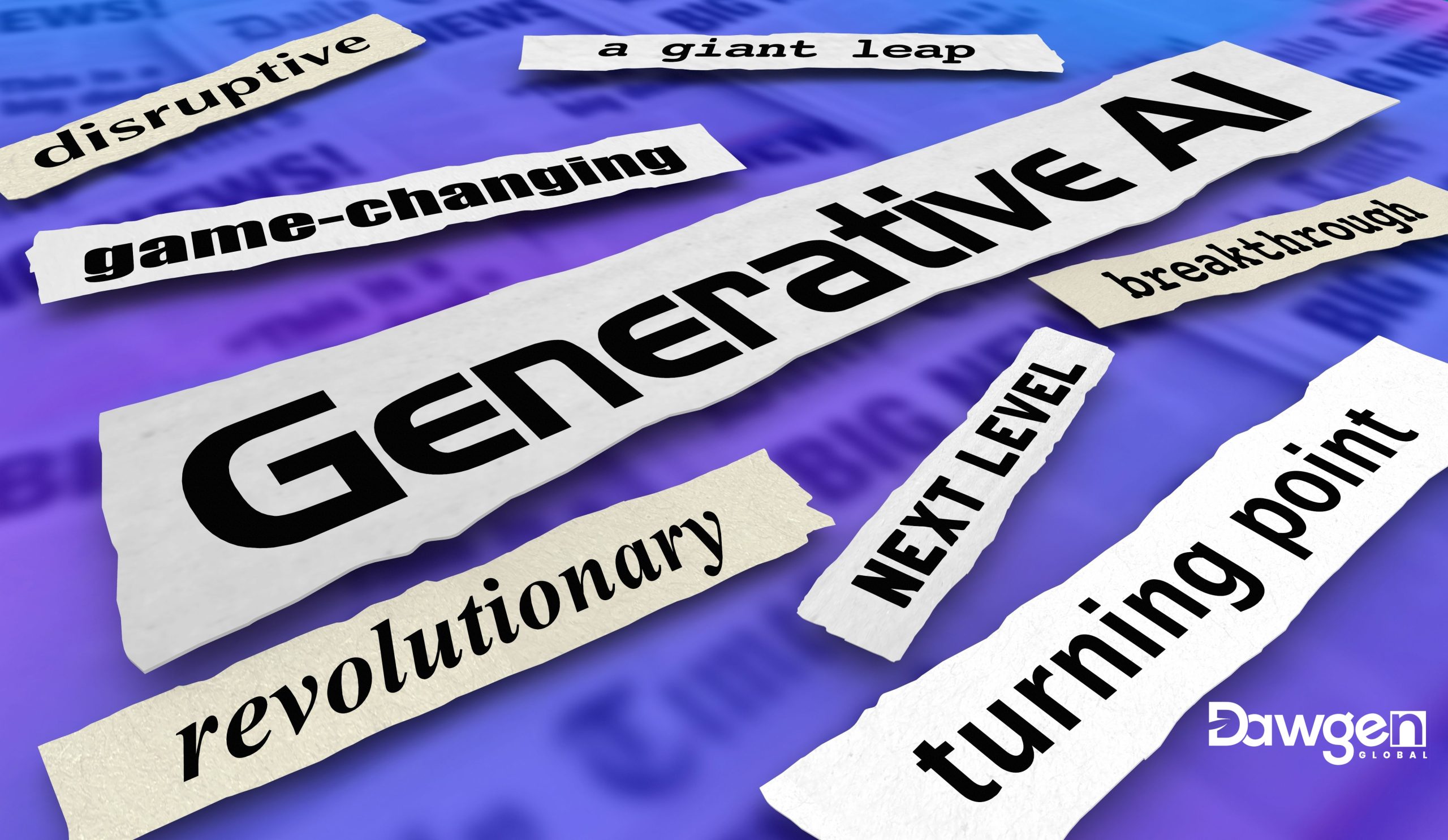
Generative AI is not just another technological innovation—it’s a game changer poised to redefine industries. From enhancing operational efficiency to driving customer engagement, generative AI offers a wide range of opportunities for businesses willing to embrace change. However, unlocking its full potential requires a thoughtful strategy, robust infrastructure, and a willingness to navigate challenges. This article explores how businesses can leverage generative AI to create sustainable value, overcome implementation hurdles, and stay competitive in an evolving marketplace.
Understanding Generative AI
Generative AI refers to artificial intelligence systems designed to create new content or data. Unlike traditional AI, which focuses on predictions or classifications, generative AI produces outputs that mimic human creativity, such as writing, designing, or coding.
Capabilities of Generative AI
- Content Creation: Automates the generation of marketing copy, social media posts, and personalized content.
- Design and Prototyping: Creates blueprints, product designs, and architectural models with speed and precision.
- Data Augmentation: Fills gaps in datasets by generating synthetic yet realistic data.
- Code Generation: Assists software developers by generating or debugging code snippets.
Applications Across Industries
- Healthcare: AI-driven tools generate synthetic medical data for research and personalized patient treatment plans.
- Retail: Dynamic content personalization for marketing campaigns and virtual try-on features powered by AI.
- Finance: Automates the creation of financial reports and forecasts based on historical data.
Generative AI’s ability to enhance productivity while maintaining creativity makes it a vital tool for modern businesses.
The Value Proposition of Generative AI
Generative AI enables businesses to unlock new opportunities for innovation, cost reduction, and enhanced customer engagement.
- Enhancing Operational Efficiency
- Automates repetitive tasks such as document processing or content generation.
- Speeds up decision-making by generating data-driven insights.
- Driving Innovation
- Facilitates new product development through iterative prototyping.
- Encourages creative problem-solving by exploring unconventional approaches.
- Improving Customer Experience
- Delivers tailored interactions through personalized content and recommendations.
- Improves support services with AI-powered chatbots and virtual assistants.
- Boosting Decision-Making
- Provides predictive insights based on large datasets, helping businesses anticipate trends and market shifts.
- Simulates various scenarios for strategic planning and risk assessment.
Key Steps to Embracing Generative AI
1. Building Awareness and Understanding
Educating teams about generative AI’s capabilities and potential impact is the first step toward adoption. Leadership must foster a culture of curiosity and continuous learning, using case studies and success stories to illustrate AI’s benefits.
2. Investing in Infrastructure
To support generative AI initiatives, businesses need:
- Computing Power: Robust infrastructure capable of handling intensive AI processes.
- Data Readiness: Clean, secure, and high-quality data pipelines to train AI models effectively.
- Cloud Solutions: Scalable storage and computing resources to adapt to evolving needs.
3. Strategic Implementation
Organizations should align AI applications with business goals:
- Identify use cases with measurable outcomes, such as cost savings or customer satisfaction improvements.
- Start with pilot projects to test AI’s impact before scaling successful initiatives.
4. Fostering Partnerships
Collaborating with AI vendors, research institutions, and industry experts can accelerate the learning curve. External partnerships provide access to specialized knowledge and cutting-edge technologies.
Challenges in Realizing Generative AI’s Potential
1. Ethical and Regulatory Concerns
- Bias and Fairness: AI models can perpetuate biases if trained on unrepresentative data.
- Data Privacy: Ensuring compliance with regulations such as GDPR or CCPA.
2. Resistance to Change
- Employees may fear job displacement due to automation.
- Organizations need to emphasize AI as an enabler of productivity, not a replacement for human effort.
3. Data Quality and Security
- Poor-quality data can compromise AI accuracy and reliability.
- Robust cybersecurity measures are essential to protect intellectual property and customer data.
Maximizing Business Value
To realize the full potential of generative AI, businesses should:
- Define Clear Metrics: Use KPIs like increased efficiency, revenue growth, or customer retention to measure success.
- Adopt Continuous Learning: Stay updated on AI advancements to maintain a competitive edge.
- Iterate and Optimize: Refine AI models and applications based on user feedback and performance outcomes.
Case Studies: Success Stories
- Retail Industry: A global e-commerce company integrated generative AI into its marketing strategy, generating personalized email campaigns that increased click-through rates by 25%.
- Healthcare: A biotech firm used generative AI to simulate chemical compounds, accelerating drug discovery timelines by 40%.
- Finance: A multinational bank leveraged AI-generated reports to automate compliance processes, saving millions annually in operational costs.
Generative AI represents a unique opportunity for businesses to innovate, optimize, and thrive. By embracing this technology, companies can unlock new possibilities for growth and redefine the customer experience. However, achieving this requires thoughtful planning, continuous learning, and a commitment to addressing ethical and operational challenges.
Businesses that act now to integrate generative AI into their strategies will not only enhance their competitive edge but also position themselves as leaders in the next wave of technological transformation. Embracing change is not just an option—it’s a necessity for creating sustainable business value in today’s rapidly evolving landscape.


